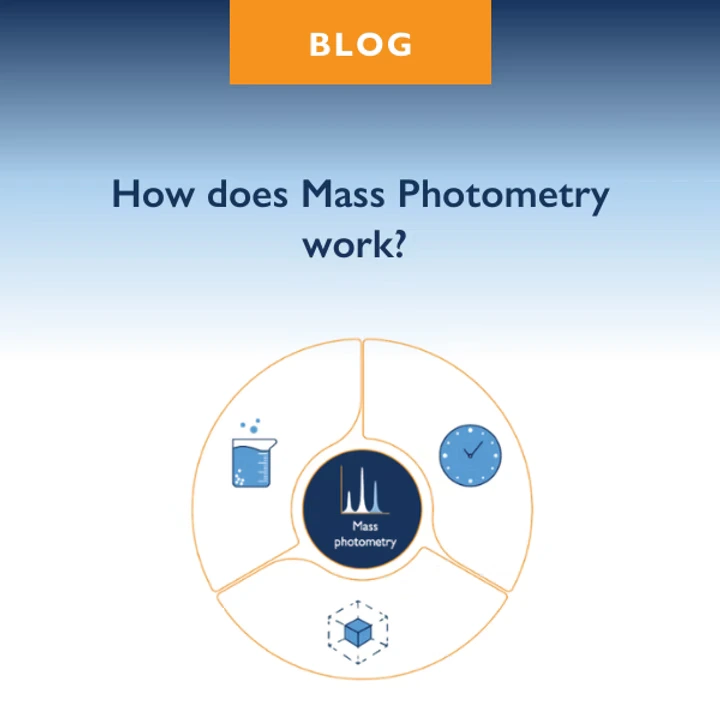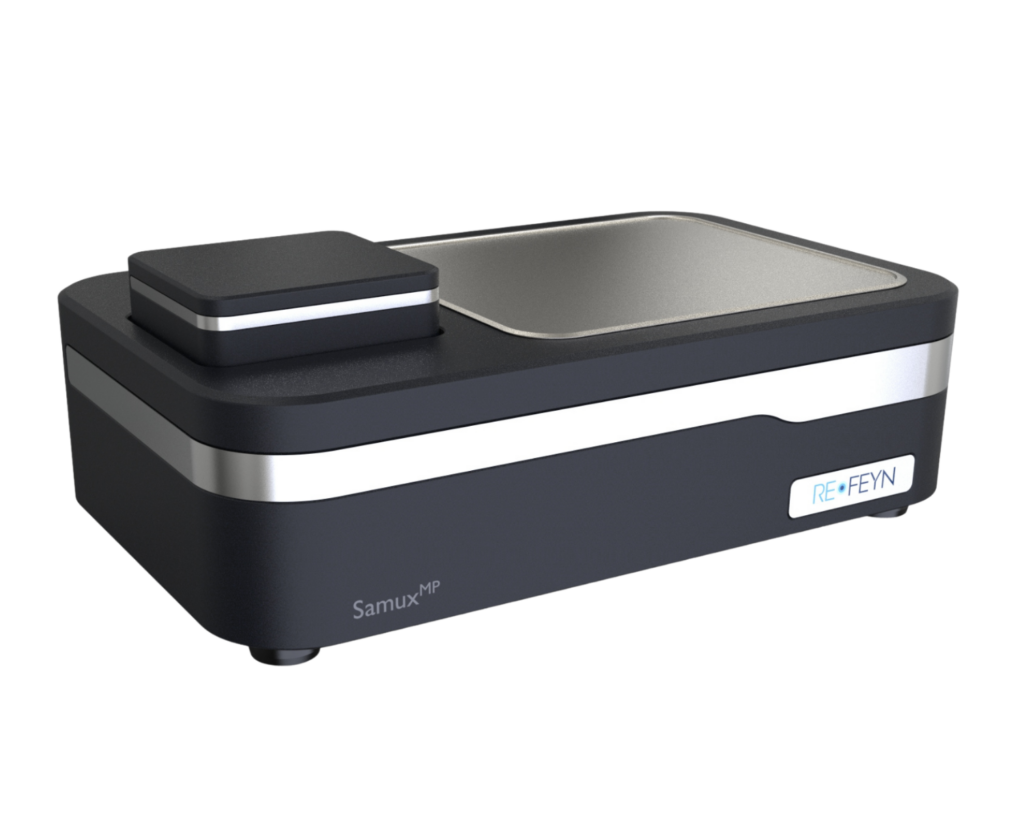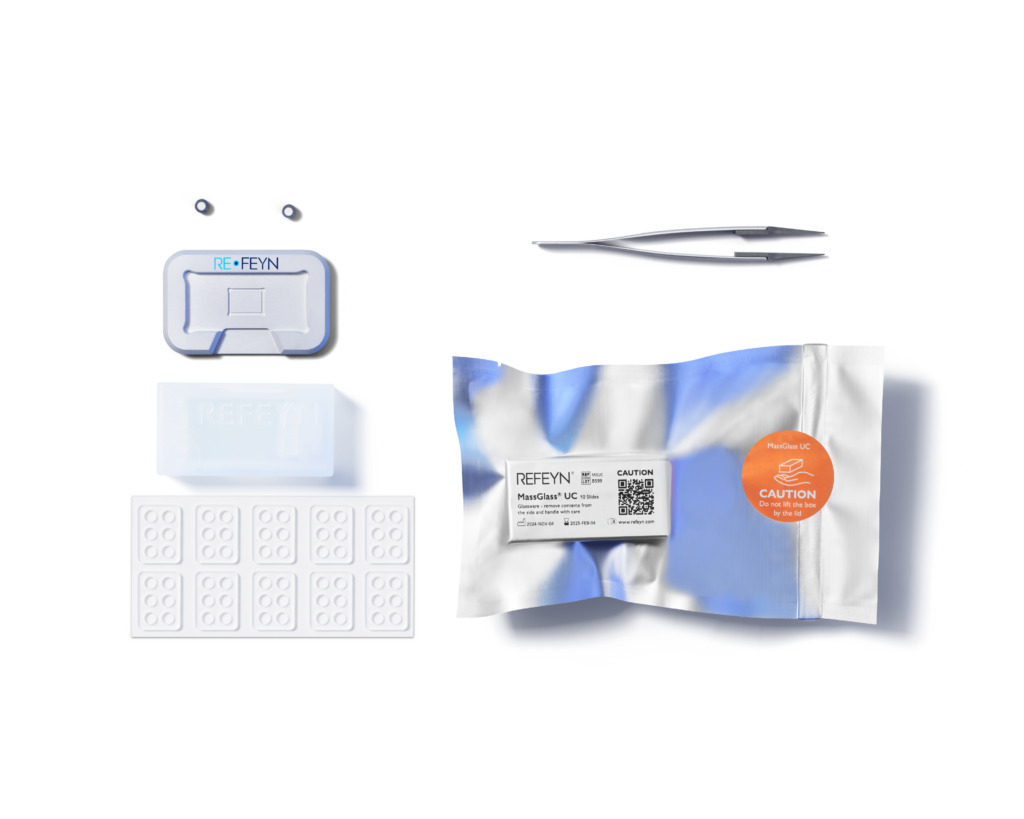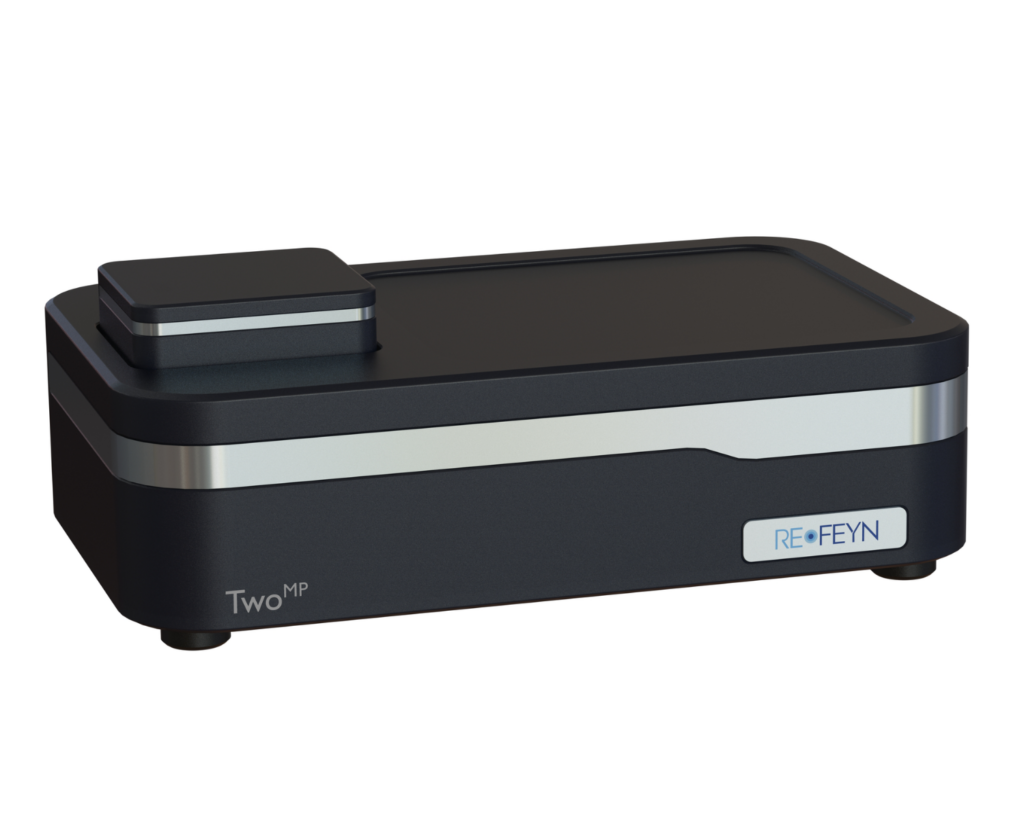Mass photometry applications
We can help you understand how mass photometry works and how to use it effectively. Key concepts, applications and answers to FAQs – all in one place.
“We have been using the Refeyn OneMP mass photometer in our biophysics lab in Gothenburg for several months now. It has been invaluable in a number of studies, ranging from simple cases of clarifying the oligomeric states of drug targets to elucidating complex binding mechanisms of small molecules. I believe Refeyn’s mass photometry is a great piece of technology for any biophysics lab.”
– Anders Gunnarsson, Associate Principal Scientist, Discovery Sciences, AstraZeneca R&D
Mass photometry technologies are a recent addition to the bioanalytical toolkit. By directly measuring molecular mass in solution, mass photometry reports on fundamental properties of the sample while maintaining a native environment. It is applicable to a wide range of different molecules and can be used in basic research, drug discovery and manufacturing. The related technology, macro mass photometry, analyzes vectors, such as lentivirus and adenovirus, directly in solution.
Mass photometry measures mass at the single molecule level, providing insights into the composition and function of even complex samples and molecular mechanisms. This unique technology can detect and characterize proteins, nucleic acids, adeno-associated viruses (AAVs), lipids and sugars. It provides information on oligomeric state and stoichiometry, sample homogeneity, molecular interactions, capsid loading, and aggregation and degradation – all in a matter of minutes and using tiny amounts of sample.
Due to its unique benefits, mass photometry technologies address a major unmet need for more efficient analytical tools. With over 500 scientific papers citing mass photometry, it is helping accelerate science, and the discovery and development of new therapeutics.

Vector analytics
Developing cell and gene therapies, as well as mRNA vaccines, requires assessing critical quality attributes (CQAs) like vector packaging, titer and purity. Unlike slow, sample-intensive methods, mass photometry and macro mass photometry offer fast, sensitive solutions. They enable rapid insights into vector production, early fault detection and process optimization, making single-particle vector analytics accessible and efficient.
Biomolecular analytics
Life scientists need detailed biomolecular analyses, to assess sample purity or measure binding affinity. Mass photometry simplifies this by accurately measuring molecular mass in solution and is compatible with proteins and nucleic acids. It reveals complex formation and stoichiometry, estimates binding affinities, and detects impurities quickly with minimal sample and training – allowing researchers to advance their work efficiently.

Application Resources
Application Notes
Check out our library of application notes, tech notes and whitepapers to learn more about label-free mass measurements for your biomolecule of choice.
Publications
Check out all the newest publications, reviews and articles featuring mass photometry. Use the filters to find specific application areas, biomolecule types, and more.
Webinars
View a range of webinars, where we discuss applications of mass photometry and macro mass photometry as well as how to get the best out of our technology.
Blog
Browse through our library of informative articles about mass photometry technologies, new product announcements, company updates from Refeyn and much more.
A range of solutions for mass photometry applications

SamuxMP
Measure empty/full capsid ratio for AAVs of any serotype as well as the quantities of partially filled and overfilled capsids

KaritroMP
Analyzes samples of adenovirus vectors (AdV) and lentivirus vectors (LVV) in just minutes

Mass photometry consumables
Hassle-free measurements, with reduced sample preparation time and greater data confidence

